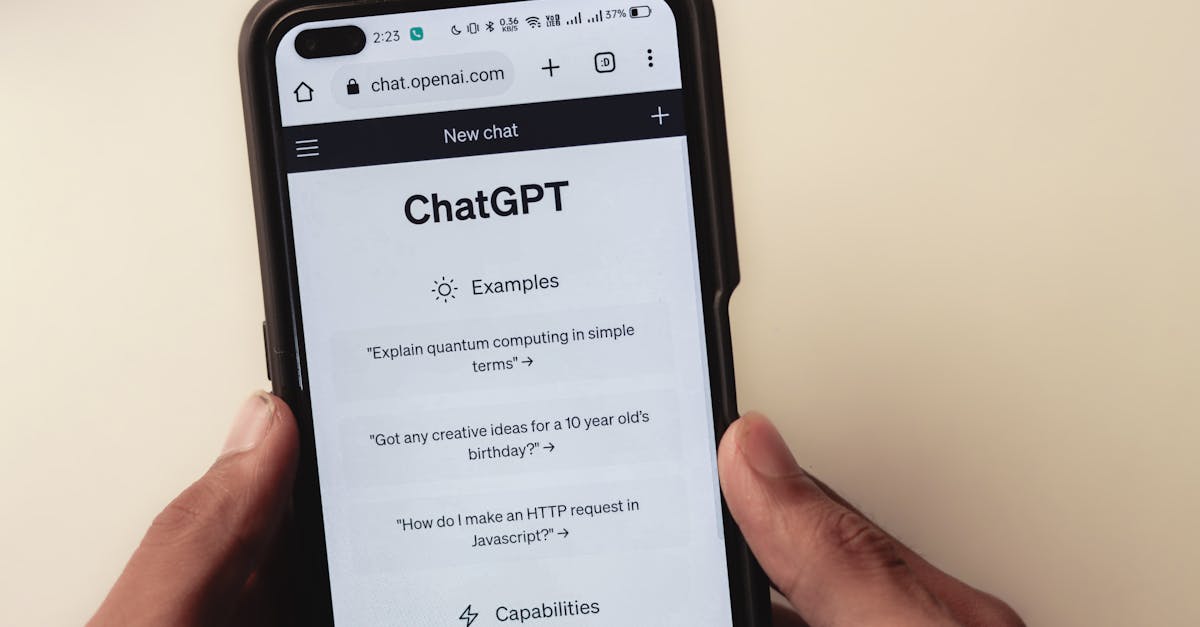Understanding AI Language Tools
Artificial Intelligence (AI) has revolutionized many aspects of our lives, including how our children learn new languages. AI tools can personalize learning experiences, making the process both fun and effective.
Imagine your child learning French from a talking robot or practicing Spanish with an interactive app. It’s learning taken to a whole new level! These tools adapt to your child’s pace and style, offering a tailored language journey. They can be especially helpful for picking up a second language, saving parents time and effort. AI is like having a tutor in your pocket that never sleeps!

How AI Supports Language Learning
So, how exactly does AI support language acquisition? AI-powered platforms provide real-time feedback, correcting pronunciation, suggesting vocabulary improvements, and assessing grammar. Such immediate feedback is invaluable for learning.
Moreover, AI avatars or chatbots present dynamic dialogues, helping children understand context and usage better. This is more engaging than traditional methods. Many apps use gamification to keep kids hooked—earning points, unlocking levels, and achieving milestones. It’s a slice of fun mixed with education, ensuring that your child stays motivated. So, say goodbye to monotonous learning sessions!

AI’s Impact on Children’s Emotional Development
Whenever we introduce new technology into our kids’ routines, understanding its emotional impact is crucial. AI can indeed make learning less stressful by providing a judgment-free environment. This lowers the fear of making mistakes and boosts their confidence. However, excessive screen time or reliance on technology can also have drawbacks. It’s essential to balance digital and physical activities. Always monitor your child’s emotional well-being as they interact with these tools. Remember, it’s healthy to mix screen learning with human interaction!

Practical Tips for Parents
Here are some practical tips for parents navigating AI-based language tools:
- Choose reputable apps: Select apps with excellent reviews to ensure quality.
- Trial apps: Test the apps yourself to confirm they are user-friendly and educational.
- Set learning goals: Establish specific goals, like mastering five new words weekly, with your child.
- Encourage daily practice: Keep sessions brief to maintain your child’s focus.
- Integrate learning: Use new vocabulary during daily activities, such as family meals.
- Praise efforts: Create a positive learning atmosphere by acknowledging your child’s progress.
- Use variety: Utilize different tools to cover various aspects of language learning.

Remember, incorporating these tips into your routine can enhance your child’s language skills.
Common Emotional Challenges
Language learning can be an emotional rollercoaster for kids. They may feel overwhelmed, frustrated, or overly excited about their progress. It’s vital to acknowledge these feelings and support them through tough times.
Start with simpler tasks and gradually increase difficulty, ensuring they don’t feel disheartened. Establish a routine yet keep it flexible. If your child feels stuck, take a break and revisit the material later. Be patient and celebrate small victories. Emotional resilience is as important as language skills. After all, happy minds learn better!

Encouraging Parent-Child Interaction
Engaging with your child during their language learning journey is incredibly beneficial. Ask them to teach you new words they’ve learned or role-play dialogues together. Turn it into a fun family activity—think language night with themed dinners or movies in the target language. This makes learning memorable and fun. Also, share your own language-learning experiences, making it a shared adventure. Lastly, encourage your child to ask questions and express their feelings about their progress. Open communication nurtures a supportive learning environment.

Engaging with your child during their language learning journey is incredibly beneficial. Ask them to teach you new words they’ve learned or role-play dialogues together. Turn it into a fun family activity—think language night with themed dinners or movies in the target language. This makes learning memorable and fun. Also, share your own language-learning experiences, making it a shared adventure. Lastly, encourage your child to ask questions and express their feelings about their progress. Open communication nurtures a supportive learning environment.
Related Posts:
- Teach Your Child Self-Learning with ChatGPT
- Enhancing Learning with Chatbots like ChatGPT
- Benefits of Integrating ChatGPT in Home-school Curriculum
- AI in Early Education: Modern Learning Strategies
- Introducing AI & Chatbots to Preschoolers
